IV Therapy: Does it really work and what can you expect?
There has been a lot of debate about whether IV treatments work or not. After all, until recently, IVs have been reserved for urgent care or emergency room treatments, where they work to deliver medication to patients, treat extreme dehydration, combat infections, and more. Let’s take a look at whether casual IV treatments work.
Does IV therapy really work?
It’s clear that IV treatment is extremely valuable in many medical situations. What does that mean for non-medical IVs, though?
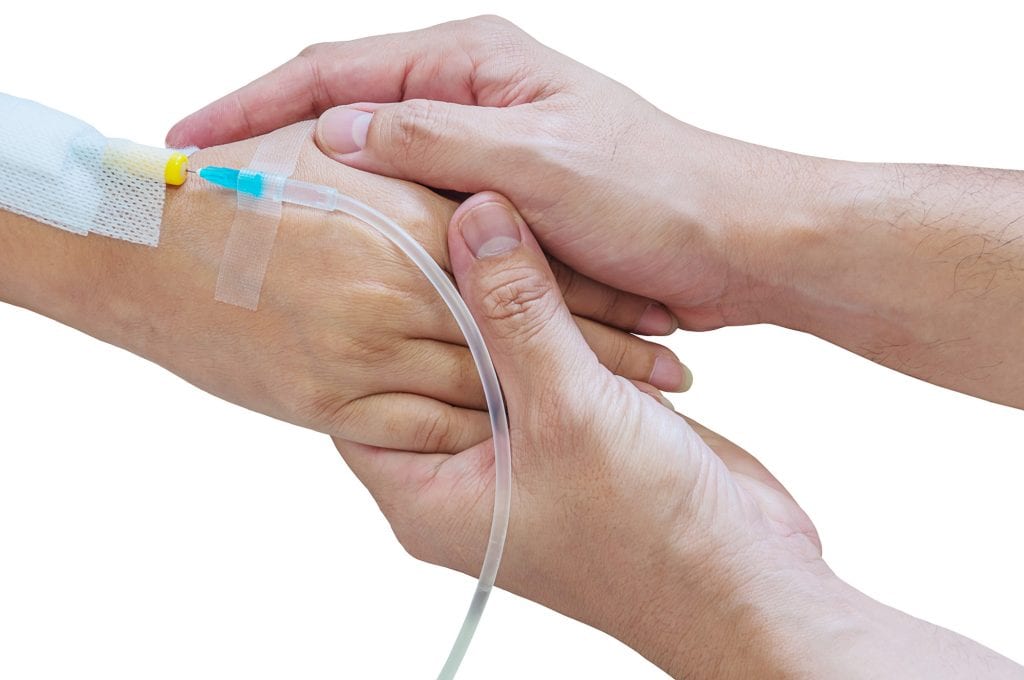
The benefits of IV vitamin therapy
Casual IV treatments are advertised to treat hangovers, improve athletic performance, reverse aging, and more. IV vitamin therapy can indeed ensure that you get the vitamins you need, as well as thoroughly rehydrate your body.
This type of treatment is intended for healthy individuals, although – much like their clinic and hospital cousins – they may be able to help individuals who can’t absorb nutrients or vitamins normally, whether due to surgery or a medical condition. They can also be valuable for individuals with chronic dehydration.
Drawbacks to consider
Despite these benefits, there is little scientific evidence to back up the effectiveness of casual IVs. Some argue that casual IVs can be circumvented by drinking water, exercising regularly, and eating right to get the vitamins and nutrients you need on a daily basis.
It’s also important to remember that more is not always better. Whether through an oral supplement, through the food you eat, or via IV therapy, your body will only absorb so much of a given vitamin. Your body will naturally expel what it doesn’t need through your urine.
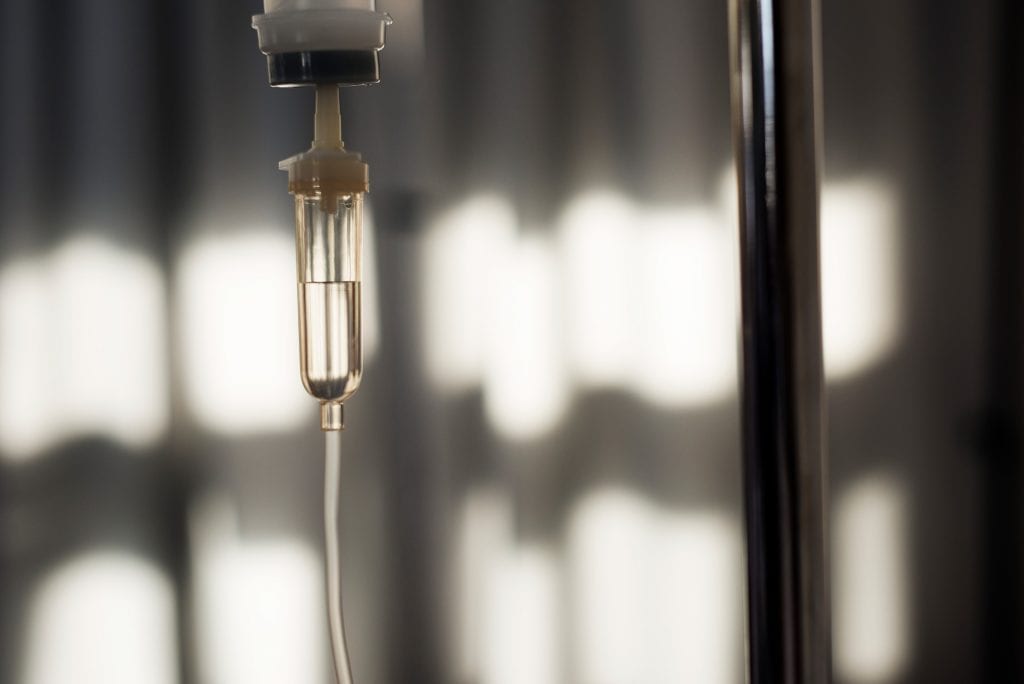
How does IV therapy work?
You can get DC IV therapy at an IV bar or at home. Regardless of which option you choose, the process is very similar.
- Your nurse preps the injection site, typically with an alcohol pad, to prevent infection.
- They administer the IV, typically in your arm at the elbow.
- Your IV drips fluids down the line and into your bloodstream. Since the IV bypasses your digestive system, fluids, vitamins, and any medications can get to work immediately.
- The IV takes about 30 – 45 minutes for most people but can be longer (such as NAD IV therapy, which takes 3 – 4 hours).
- Once your treatment is over, your nurse removes the IV line and bandages the site where the IV was injected. You can resume your normal activities with no downtime needed
Should you get IV treatment at an IV bar or at home?
IV bars and in-home IV services can administer treatments to you. What’s the difference between them and which should you get?
IV bars
IV bars, also sometimes called ‘IV spas’, are in-person clinics intended to provide patients with a luxury experience during their treatment. Some offer massage chairs, music, TVs or movies, and other VIP services. Most treatments will take 30 – 45 minutes, although some treatments may take longer.
Many IV bars offer memberships with discounts on their services, helping defray costs that are not covered by insurance.
- The bottom line: IV bars are ideal for individuals who are looking for their IV treatment to rejuvenate both mind and body in a luxurious setting and don’t mind travelling to and from a clinic.
In-home IV therapy
In-home medical services take place at the patient’s home, office, AirBnB, and even the gym, making them a convenient and fast option for people with busy schedules. Like IV bars, treatments generally take 30 – 45 minutes, and many in-home IV providers offer memberships with discounts.
- The bottom line: In-home treatments are ideal for busy professionals, parents with children who cannot take time out of their day to visit a clinic, and athletes who need treatment immediately after their workout.
Overall, IV therapy is mostly harmless for healthy individuals, and the hydration and vitamins from treatment may leave you feeling refreshed and revitalized.
It’s important to consult with your doctor before seeking non-medical IV therapies. IV treatment is a minimally invasive medical procedure, meaning that it carries a slight risk of infection or complications.
![[AD] We’re a cricket-mad family, so we’re buzzing that @thehundred is back this August! 🏏🔥
To get ready, M tried out the official FREE Activity Pack — and it’s brilliant! 🙌
Packed with fun games, creative challenges and sporty tasks, it’s perfect for getting kids hyped whether you’re at home or on the go.
👉Download yours now (link in bio)
@londonspirit @ovalinvincibles #EveryMomentCounts #TheHundred
#EnglandCricket #CricketFamily #TheHundredCricket #LondonBloggers #Cricket #CricketIsLife #kidsfun](https://suburban-mum.com/wp-content/uploads/2022/11/505472555_18531279601016840_7092520074819907569_n-180x320.jpg)

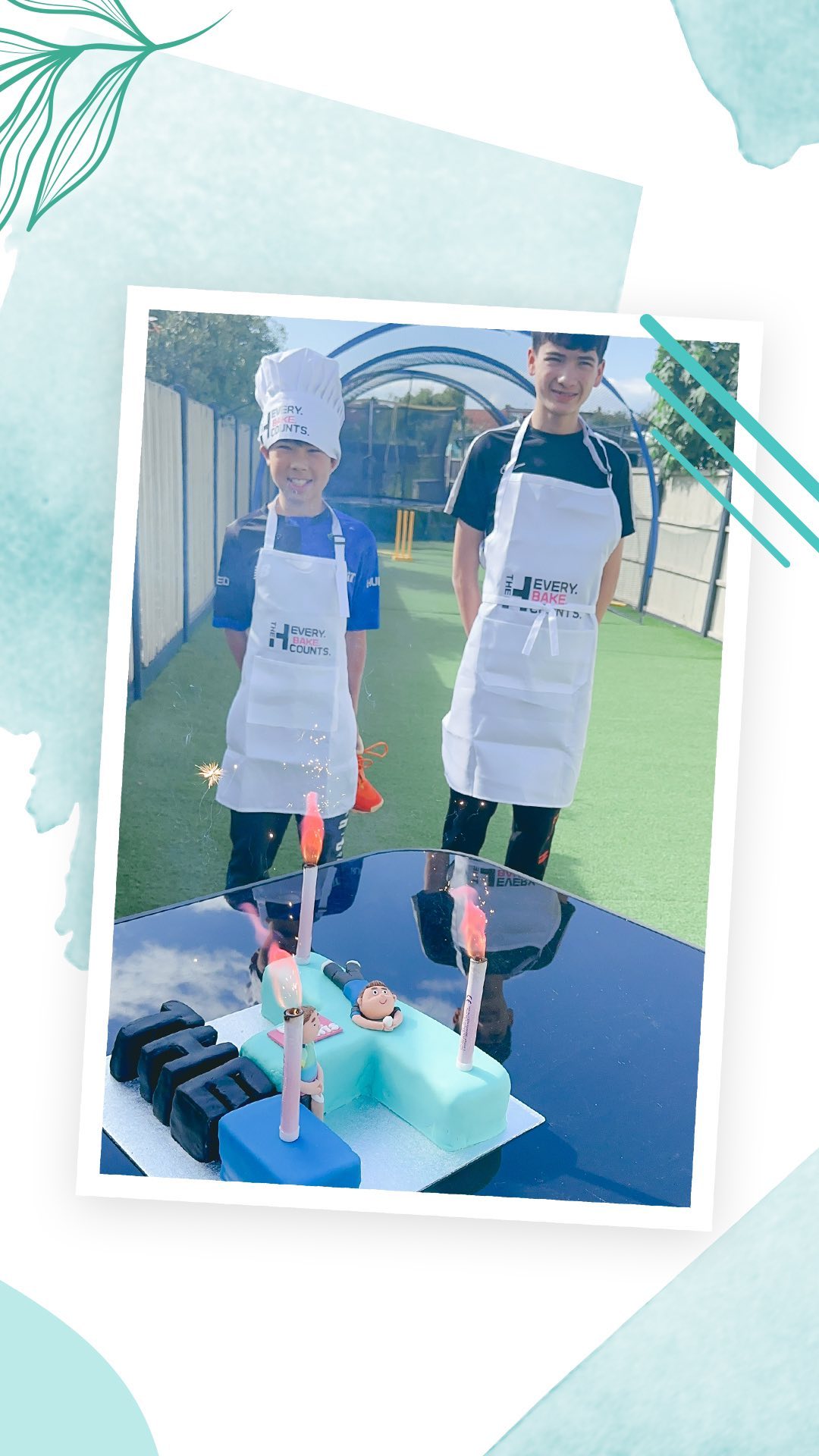

![[AD - Press visit]
We enjoyed the glorious sunshine this weekend with a trip to Brighton. We went on the @brightoni360official which is right by the sea front.
The i360 pod take a slow journey up, allowing you to take in views across Brighton and the South Downs 450ft above ground. There’s a bar inside with drinks and snacks available to purchase and the experience lasts 25 minutes.
Afterwards, we headed to the open air roller rink for a roller skating session!
The roller rink is:
⭐ Suitable for over 5s
⭐ £6.50 if you have your own skates or £9.50 if you need to hire them
⭐ 45 minutes per session
Full details to visit the i360 + skating
📍 Brighton i360, Lower Kings Road, Brighton BN1 2LN
🚗 Parking nearby (we parked in the Regency Square Car park)
🎟️ Prices start from £25.40 for an adult and £16.90 for a child
🕐 Opening hours are currently Sun-Fri 10.30am-18.30pm and until 19.30pm on Saturdays
☕️ Bar inside the i360, cafe and gift shop
Book tickets here:
https://tickets.brightoni360.co.uk/tickets/?_ga=2.195305772.1869001490.1689671753-1757164059.1689671753/#events?eventid=157](https://suburban-mum.com/wp-content/uploads/2015/04/417980235_313576471048632_3682382982231216432_n.jpg)

![[AD] ***Summer of fun at Barracudas Activity Camps!****
There is plenty for kids to do at @barracudas_activity_day_camps
From Tennis, Archery, Swimming, Motor Sports and more you can be sure that there will be something for kids aged 4.5-14. ⚽🏈🥅🎾🏓🏎️🏹🏊♂️🏉
You can book on a day by day basis - so it can fit in with any other days out/activities you have planned and there are early drop off and late pickup options available. Barracudas are also Ofsted registered so you can use your Childcare Vouchers too.
⭐⭐⭐Get £20 off a week or £4 off a day using my discount code: MARIA20⭐⭐⭐
#BarracudasActivityDayCamp #BarracudasActivityCamp #BarracudaAmbassadors #SummerHolidays #SchoolHolidays #Summer2023 #SummerCamp #DayCare #Camp #KidsCamp #surreymummy #surreymums #SummerOfFun #ActivityCamps #HolidayCamps #Childcare #SchoolHolidays #schoolholidaycamps](https://suburban-mum.com/wp-content/uploads/2024/07/353583570_625625966167953_545896259645102575_n.jpg)
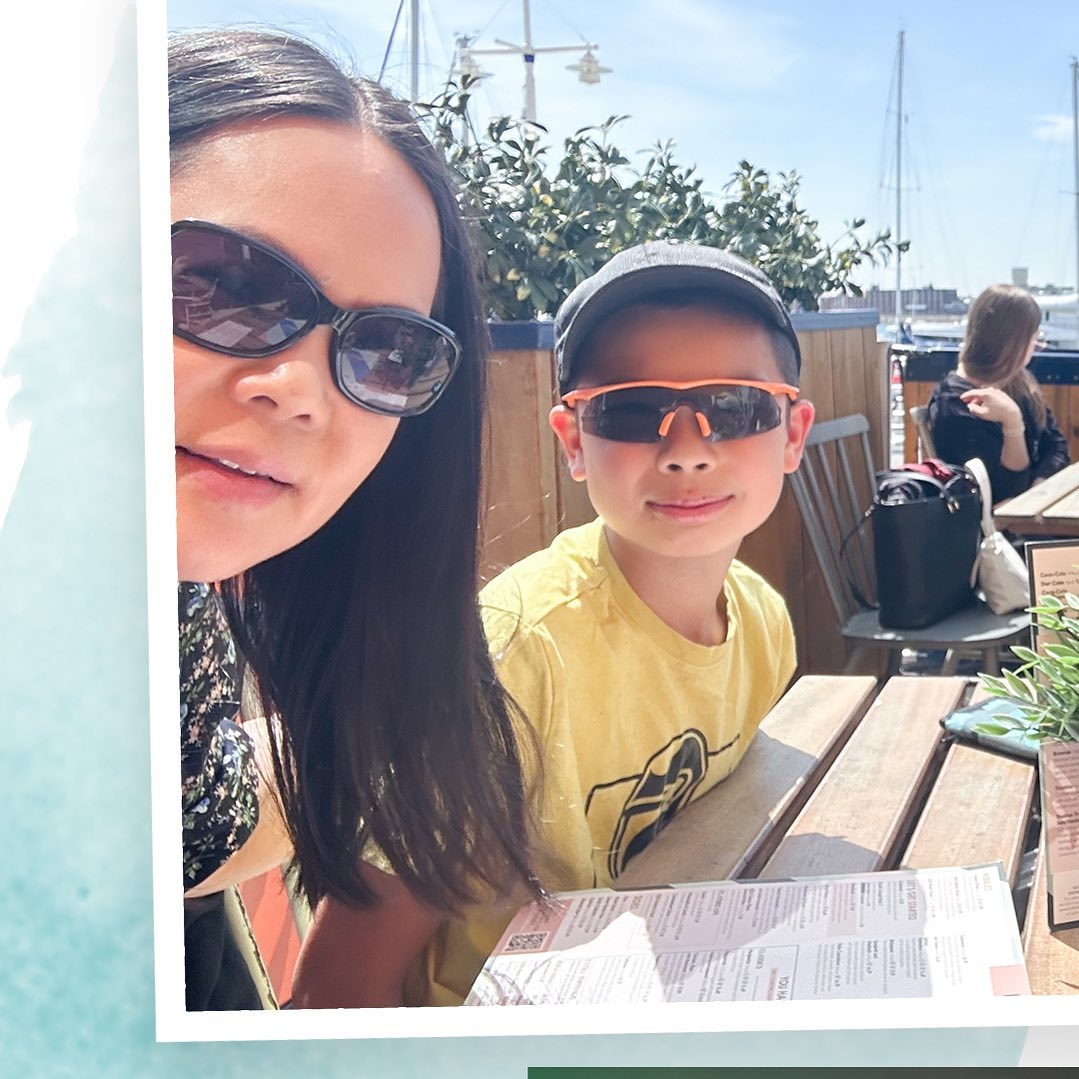
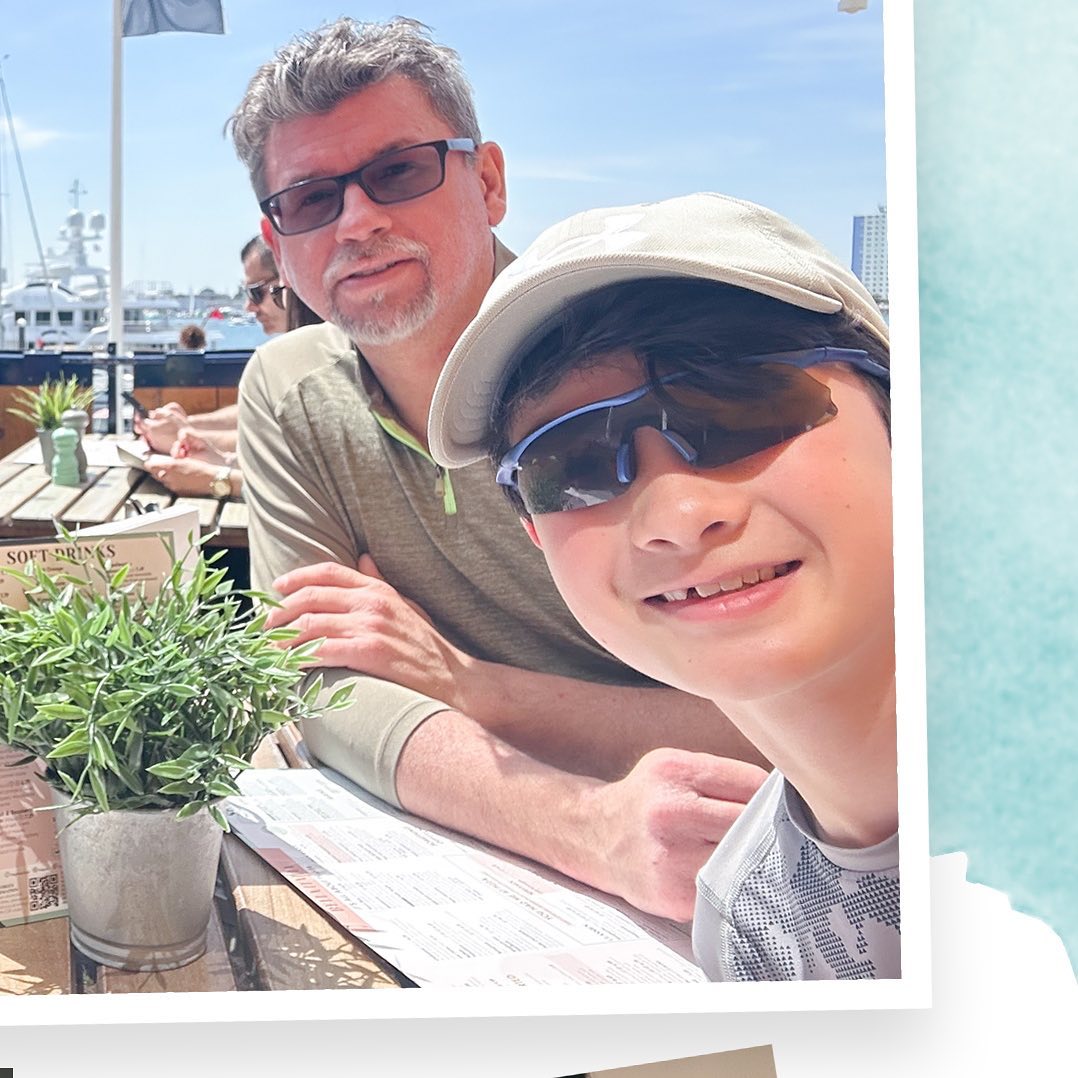

![[AD] We have some super exciting news...we have been chosen to be Laser Quest Ambassadors, and the boys are over the moon!
We are really lucky that our local Laser Quest (@laserquestkingston) is just around the corner from us. It means we can pop in of a weekend or anytime during the school holidays, and with summer just around the corner, I know Laser Quest will be one of our go-to places for some family fun.
As well as games of Laser Quest, there are also VR experiences and arcade amusements too. To find out a bit more about how Laser Quest works, you can read my blog post: https://www.suburban-mum.com/laser-quest-kingston/ (clickable link in bio)
Don't forget to keep an eye out for our Laser Quest posts - I'm going to be giving away two family passes to use at Laserquest Kingston!
If you can't wait and want to head down to Laser Quest to try it out, use the code SUMMER30 for 30% off your booking. The code is valid from now until the end of August 2023 and can be used on Laser Quest games and birthday party bookings.
#LaserquestAmbassador #Laserquest #LaserquestKingston #ActivitiesForKids #FamilyFun #DaysOutWithKids #Lasertag #LaserquestVR #Kingston #ThingsToDoInKingston #SurreyFamilyDaysOut #ThingsToDoWithKids #RainyDayFun #SurreyMummy #SurreyLife #LifeWithKids #LifeWithBoys #familyfunday](https://suburban-mum.com/wp-content/uploads/2015/04/353230107_797358078406942_2405522556733455165_n.jpg)

![[AD] The sun has finally made an appearance and the boys have been making the most of it by spending it
in the garden.
They’re go-to is always football and they’ve been trying to improve their aim and accuracy with the new Messi Foldable Footlball goal from the #MessiTrainingSystem range.
I love the fact the goal is foldable, making it easy to store away when not in use. It is also lightweight so you can effortlessly pack it up and take it to the park or to a friend’s house.
The Messi Foldable Football Goal retails at £36 and can be purchased from @argos
You can read my full review here: https://www.suburban-mum.com/messi-foldable-football-goal/
#TrainLikeMessi #FoldableFootballGoal #FootballSkills #OutdoorFun #LionelMessi #LeoMessi #FootballAtHome #OutdoorKids #JustGetOutside #OutdoorsAndFree #ScreenFreeKids #WhateverTheWeatherKids @flair_gp](https://suburban-mum.com/wp-content/uploads/2015/04/341194882_615024710178056_41977149395989448_n.jpg)

![[AD] We are absolutely thrilled to announce that we are Barracuda Ambassadors again this year.
With Easter just around the corner, the boys were sent the @barracudas_activity_day_camps new camp kit in preparation for the school holidays.
There’s a wide range of activities for kids aged 4.5 - 14 including Tennis, Archery, Basketball, Arts & Crafts and more.
If you like the sound of Barracudas, find out more over on their website. You can also save £20 a week or £4 a day, using my discount code: MARIA20](https://suburban-mum.com/wp-content/uploads/2024/07/336812306_765234558514317_685553691647241974_n.jpg)


![[AD - Gifted]
Last weekend we were invited to try out @tsarettaspice’s new Bottomless Brunch menu and I can tell you it was thumbs up all round!
There’s a good choice tapas on offer from Punjabi fish fingers, Indo Chinese Chicken to Spiced Lamb Scotch Eggs and Manchurian Cauliflower (which was amazing!)
If you’re local to Twickenham and fancy giving them a try here’s are the details.
Tsaretta Spice Bottomless Brunch
⭐️£37.50 per head for bottomless Prosecco or cocktail of the day
⭐️£55 per head for bottomless Champagne
⭐️ Food included: 4 tapas selections and dessert or 2 tapas selections, a pav or naanwich and dessert
⭐️ Non-alcohol brunch is also available
Tsaretta Spice
55 Church Street
Twickenham
TW1 3NR
You can also read our full review over on the blog (link in bio)](https://suburban-mum.com/wp-content/uploads/2024/07/334565436_5960402314015030_663031098700829518_n.jpg)
![[AD] What does family look like for you?
I am fortunate to be surrounded by strong, powerful women in the form of my mum, sister and mother-in-law (along with many others). With Mother’s Day just around the corner, @BootsUK want to celebrate all the different mums and mother figures we are lucky enough to have in our lives. They have a huge range of Mother’s Day gifts to choose from so we can show them how much they mean to us. (swipe to take a look at some of my choices)
If you want to express love and appreciation for the mother figure(s) in your life, head to Boots.com to find the ideal gift. They have a whole host of gifts, so you can be sure to find something to suit all tastes. Celebrate the #LoveForAllMums this Mother’s Day with Boots.
](https://suburban-mum.com/wp-content/uploads/2015/04/334276459_136658625736352_6403224988403337253_n.jpg)




